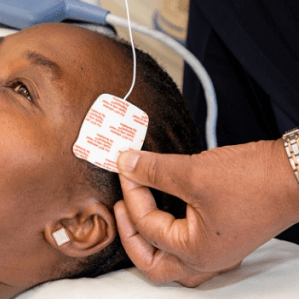A new study reveals that racial and ethnic disparities continue to shape access to electroconvulsive therapy (ECT), a highly effective treatment for severe depression. Despite adjustments for demographic factors, non-White patients were significantly less likely to receive ECT compared to their White counterparts.
Researchers analyzed data from over 19,000 patients diagnosed with severe unipolar depression across 162 U.S. healthcare facilities between 2016 and 2021. The findings were stark: 3% of White patients received ECT, compared to just 1% of non-White patients. The odds of receiving ECT were more than three times higher for White patients than for all other racial and ethnic groups combined.
The disparities were consistent across all non-White groups. Black patients had the lowest adjusted odds of receiving ECT (aOR=0.27), followed by Hispanic (aOR=0.39), Asian (aOR=0.43), and those identifying as other race-ethnicity (aOR=0.53). All differences were statistically significant.
These findings raise urgent questions about equity in mental health care. ECT is often reserved for the most severe cases of depression, where other treatments have failed. The underutilization among minority patients suggests potential barriers in referral patterns, cultural stigma, or systemic bias within healthcare systems.
As mental health disparities remain a pressing public health is
sue, this study underscores the need for targeted interventions to ensure that all patients, regardless of race or ethnicity, have equal access to life-saving treatments.
See “Retrospective Cohort Study of Racial-Ethnic Disparities in Receipt of Electroconvulsive Therapy, 2016–2021” (May 14, 2025)
